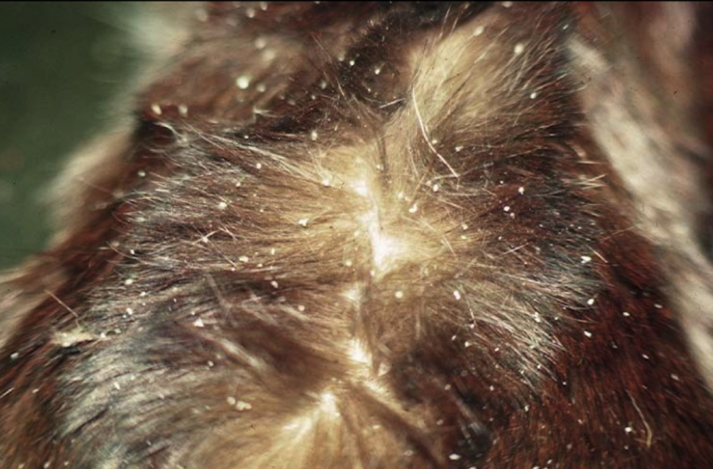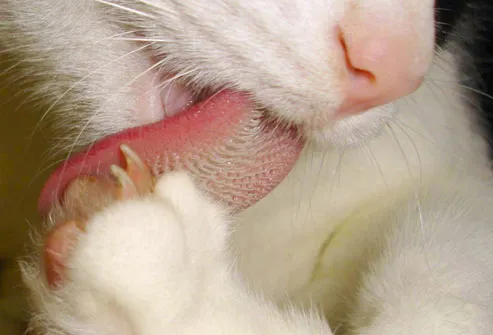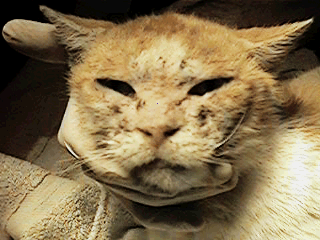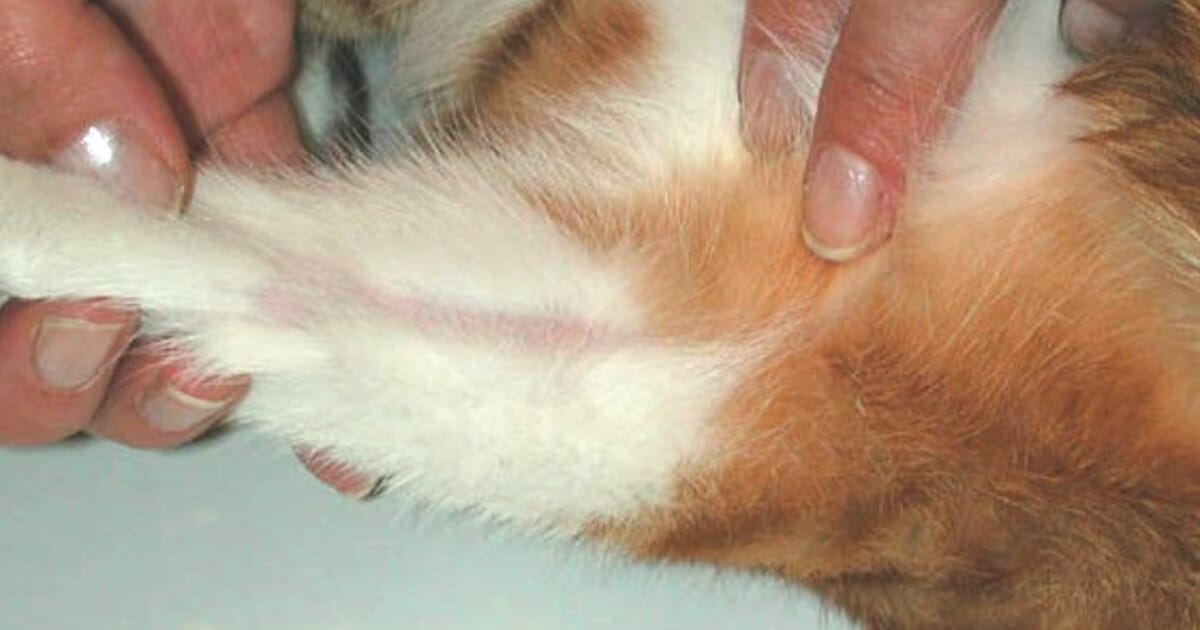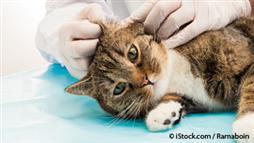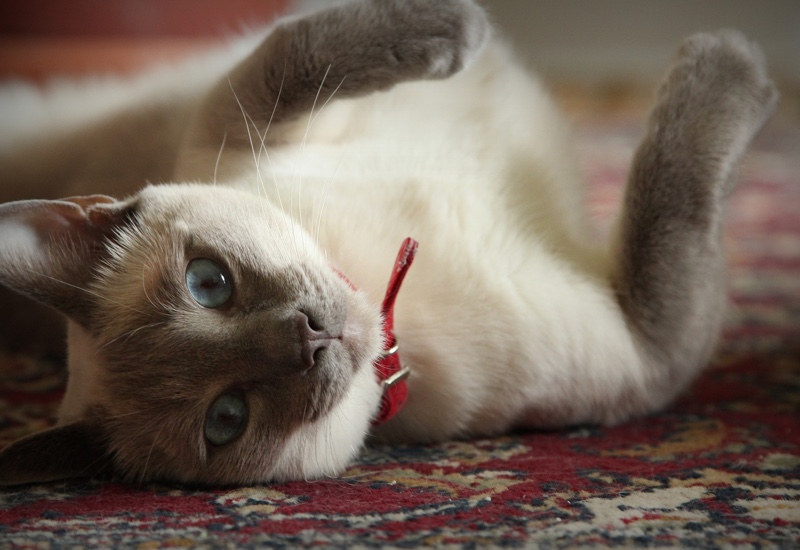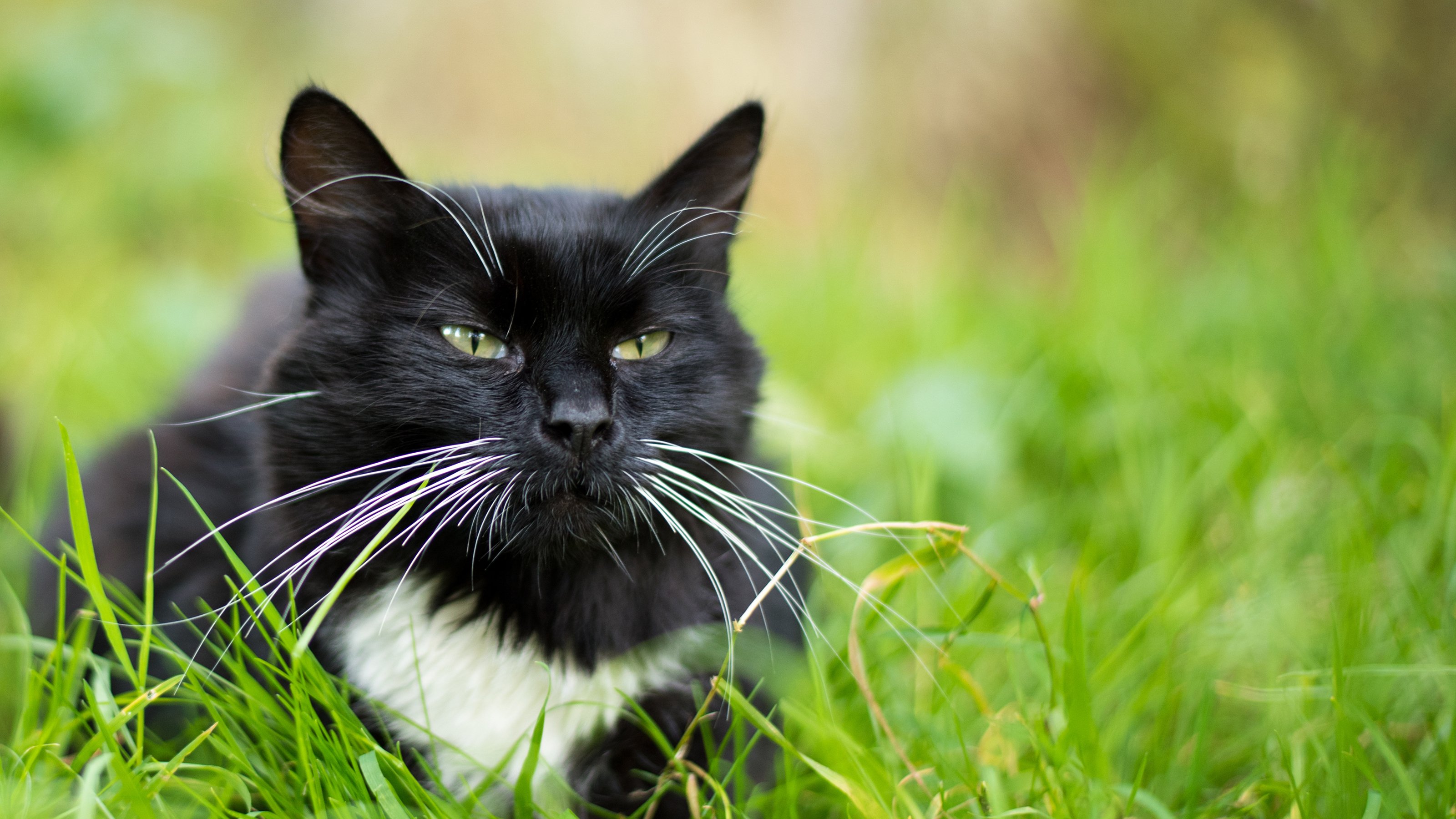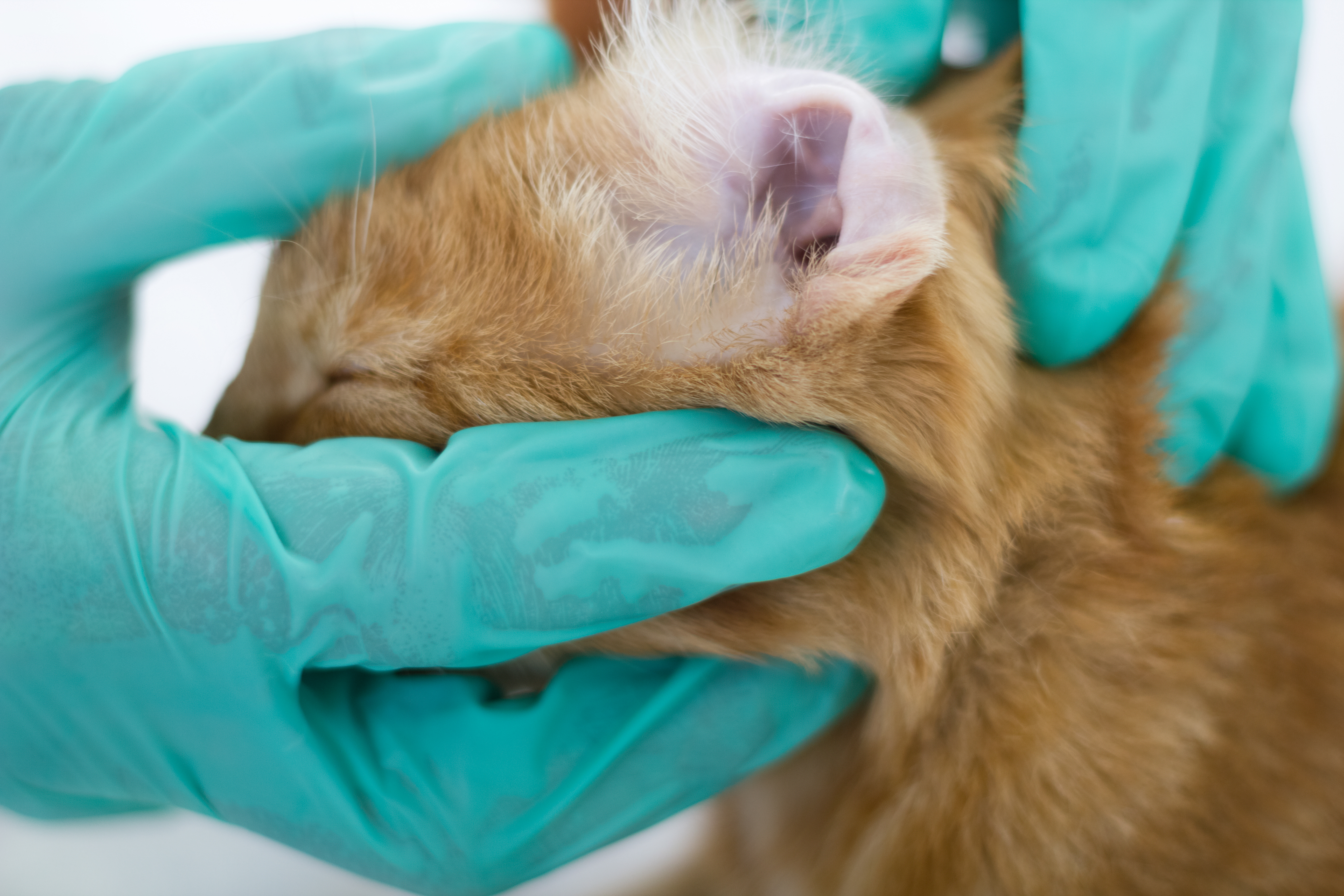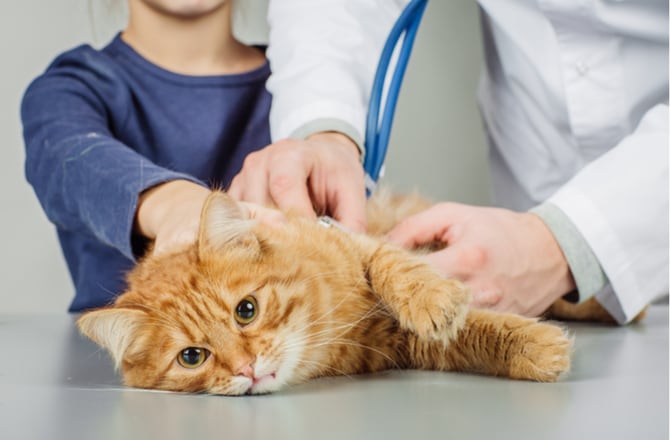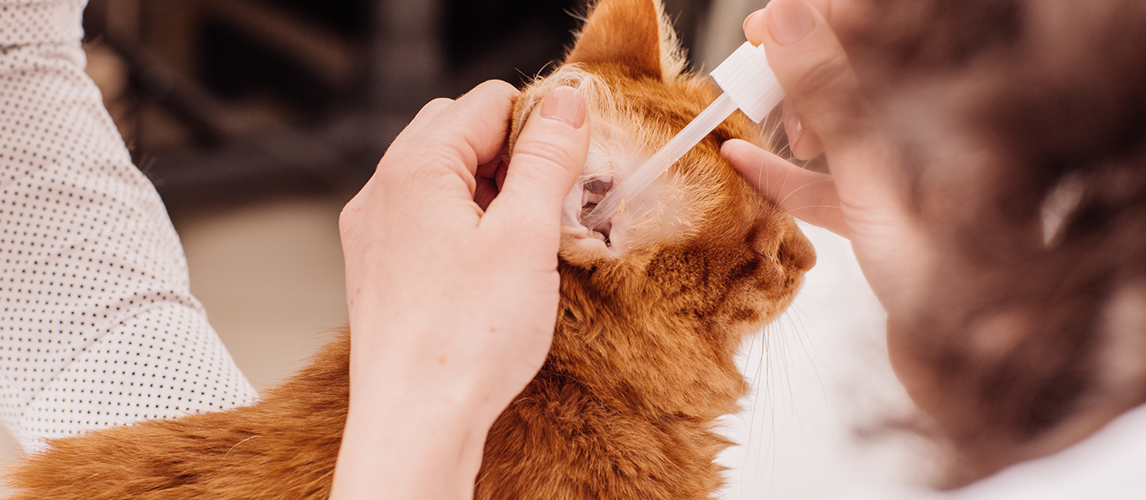Skin Mites On Cats Pictures
Your cats immune system keeps their population in check.
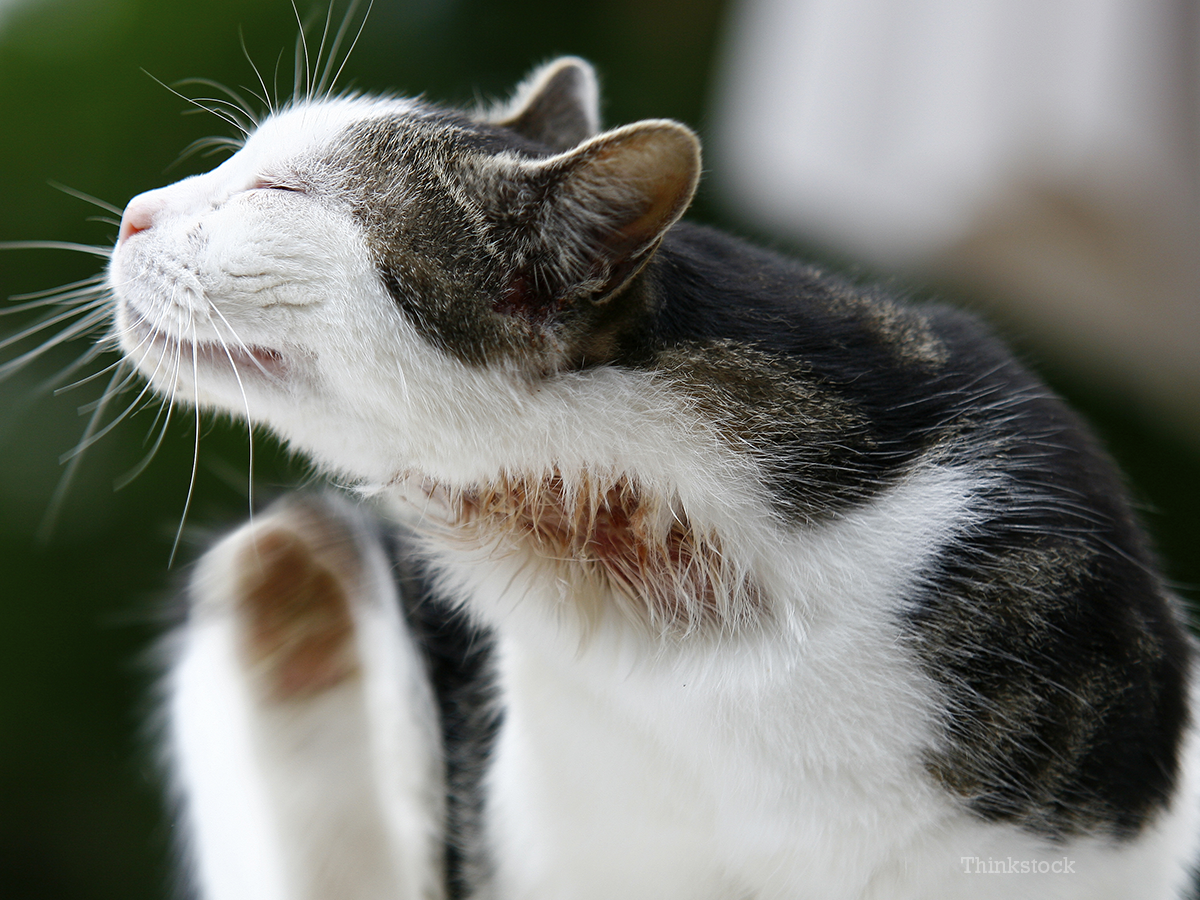
Skin mites on cats pictures. Mange mites are parasites on the skin that cause intense itching. Skin mite dermatitis in cats is known to both the veterinary world and the general public as mange. Skin mites feed on both the outer layer and on the tissue fluid on the top layer of your cats skin. Pictures show the itch mite how it spreads who gets scabies and how to get rid of it.
These pictures were taken in january 2007. The mites feed on the ear wax and other dirt inside a cats ear. Demodex mites live on all cats. Mange mites there really is a happy ending for the cats with mange shown below.
In healthy cats they spend their entire life eating dead skin from the safety of their hosts hair follicles. In the case of cats the most likely organism is otodectes cynotis. As of september 2011 no cats in the colony have shown any signs of mange. Cheyletiella mites live on the skin causing irritation dandruff and itchiness.
If your pet is weakened from an immune disorder or disease then the mites may overstep their boundaries and attack living cells. The most common mites that can trigger problems to both cats and humans tend to be ear mites. Signs of ear mites include excessive scratching of the ears head shaking and a strong odor and a dark discharge from the ears. Ear mites are tiny parasites that are drawn to the wax and oils inside a cats ear.
These mites can be found quite commonly on cats dogs rabbits and other speciesthough humans are not a natural host for this parasite cheyletiella mites can happily live on humans for a while causing an itchy rash. Tiny parasites that live inside the ear canal of an infected animal. Like ear mites skin mites are very uncomfortable for your cat due to how itchy they cause them to feel. An infestation of the cheyletiella mite is medically referred to as cheyletiellosisthe cheyletiella mite is a highly contagious zoonotic skin parasite that feeds on the the keratin layer of the skin the outer layer and on the tissue fluid of the top layer.
A distinguishing feature of this mite species are the large claw like mouthparts. Skin mites though not as common as ear mites could also be a potential problem for your cat. Cats are highly susceptible to several types of mange including demodicosis trombiculosis cheyletiellosis otodectic and notoedric mange. See scabies skin rashes symptoms night itching treatments and home care in this webmd slideshow.
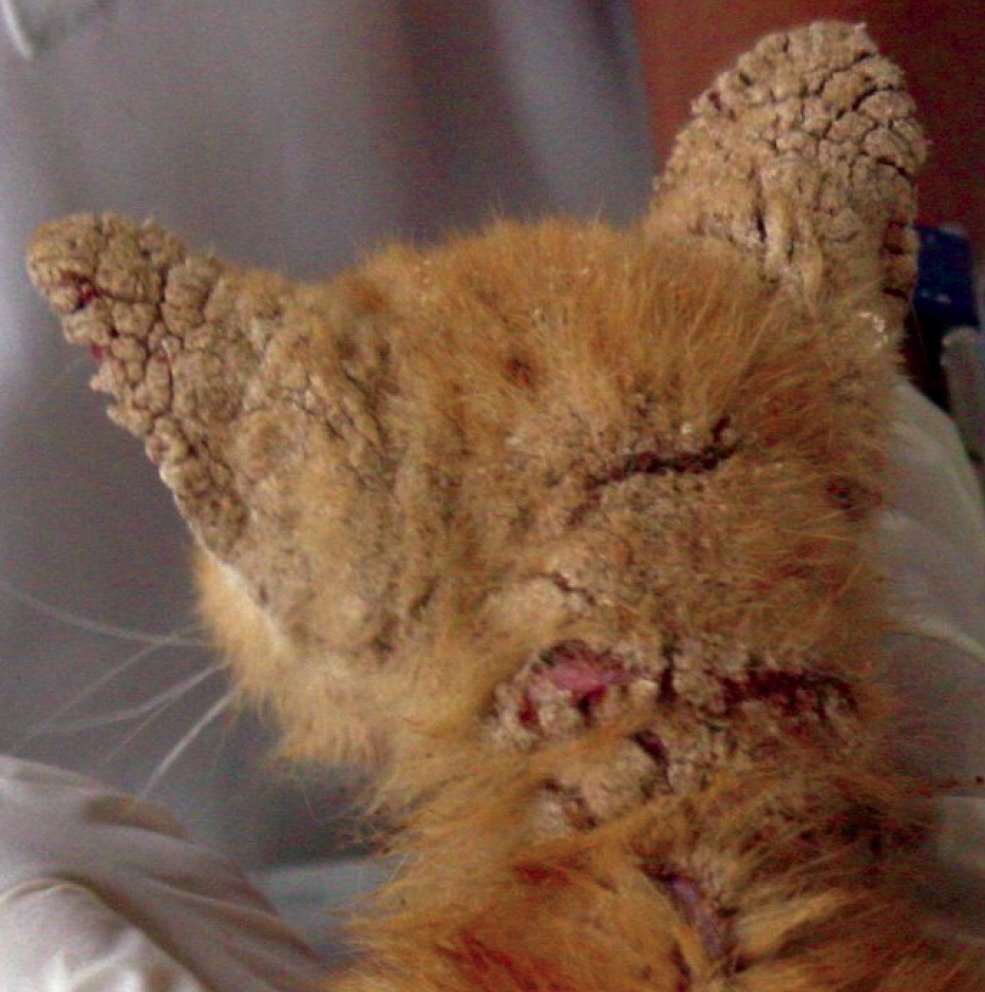
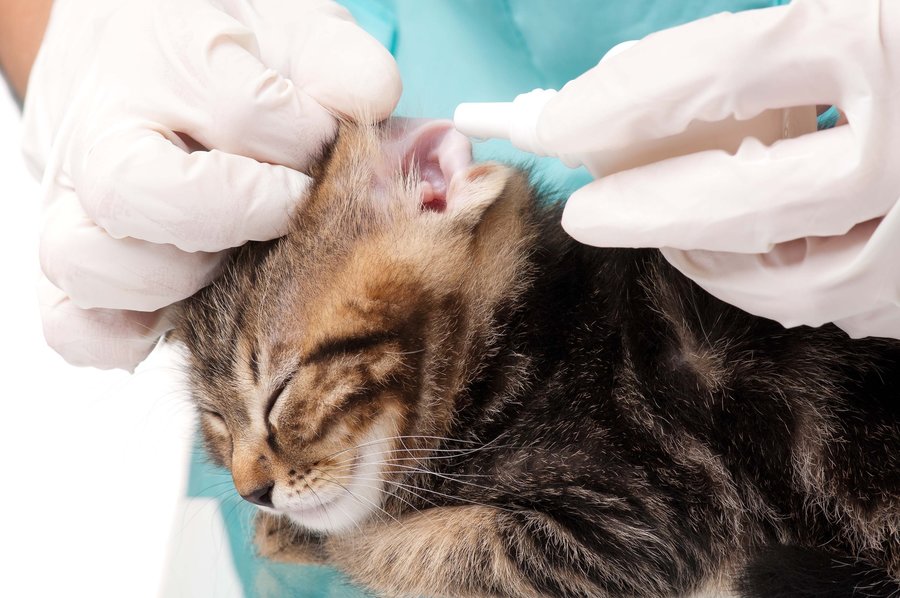
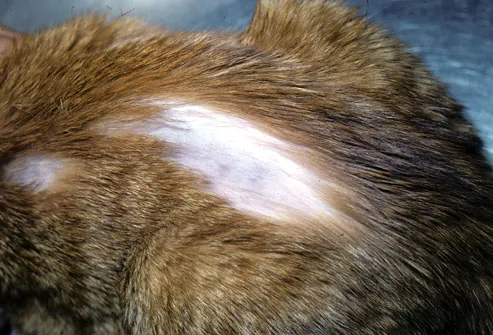
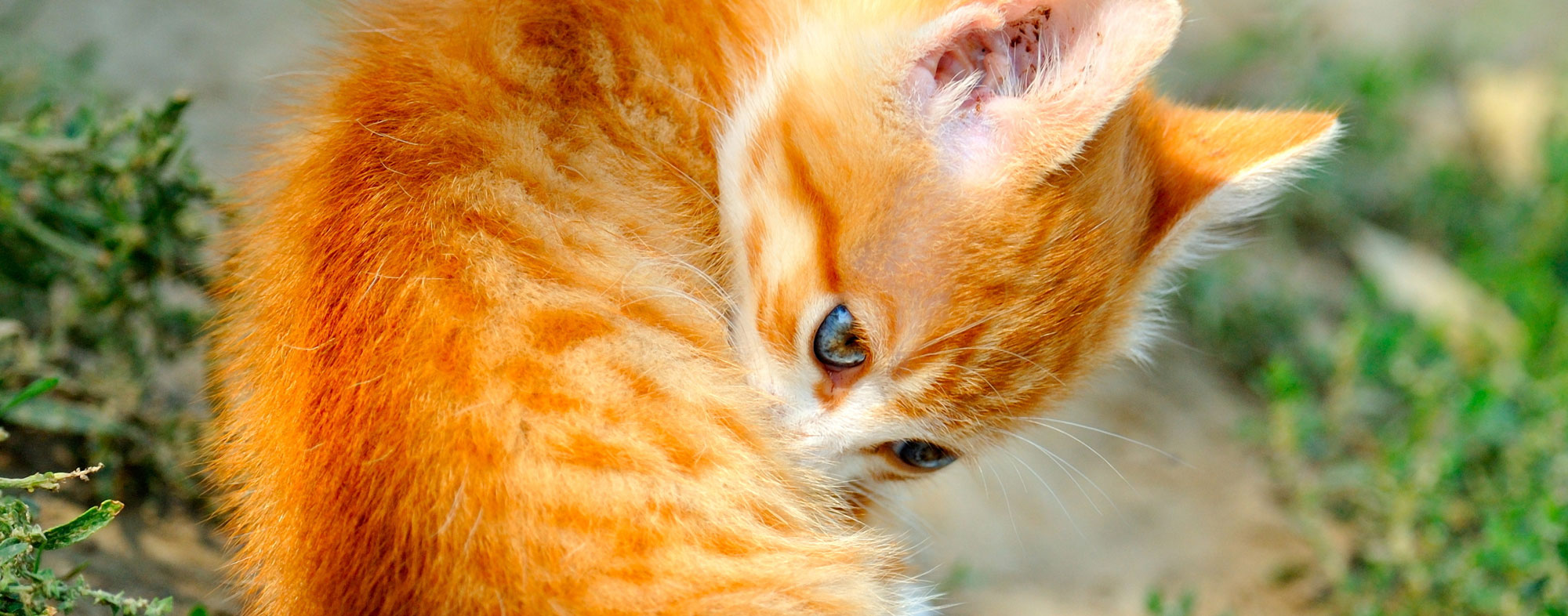

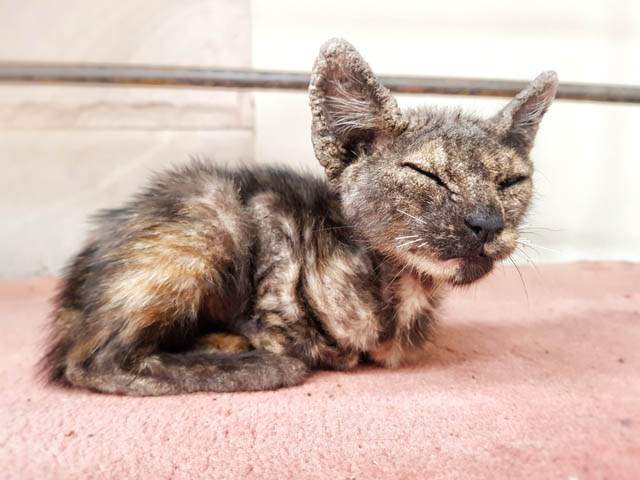
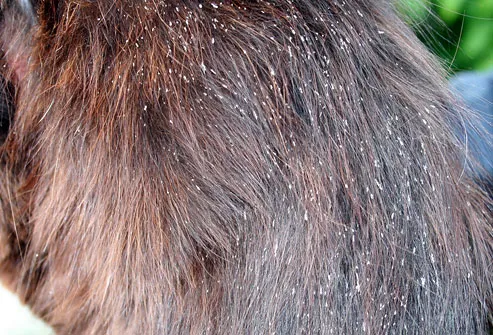
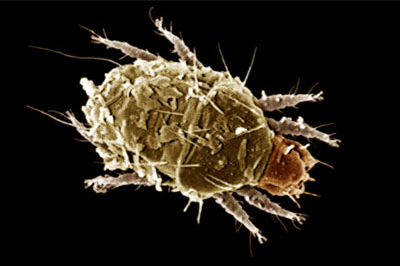

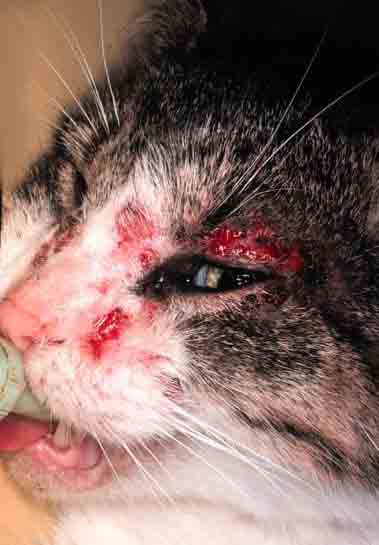
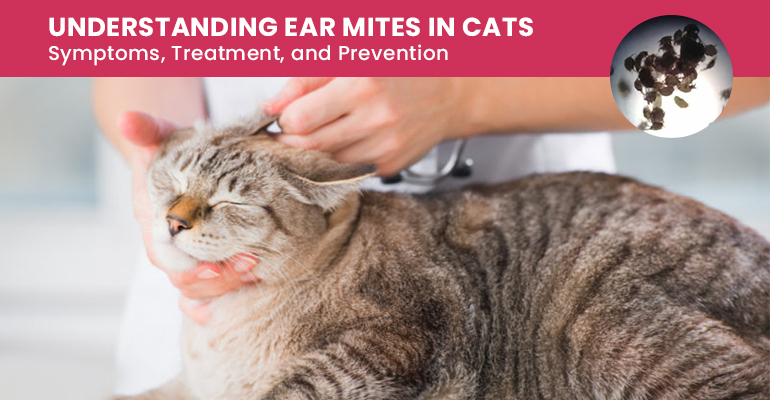

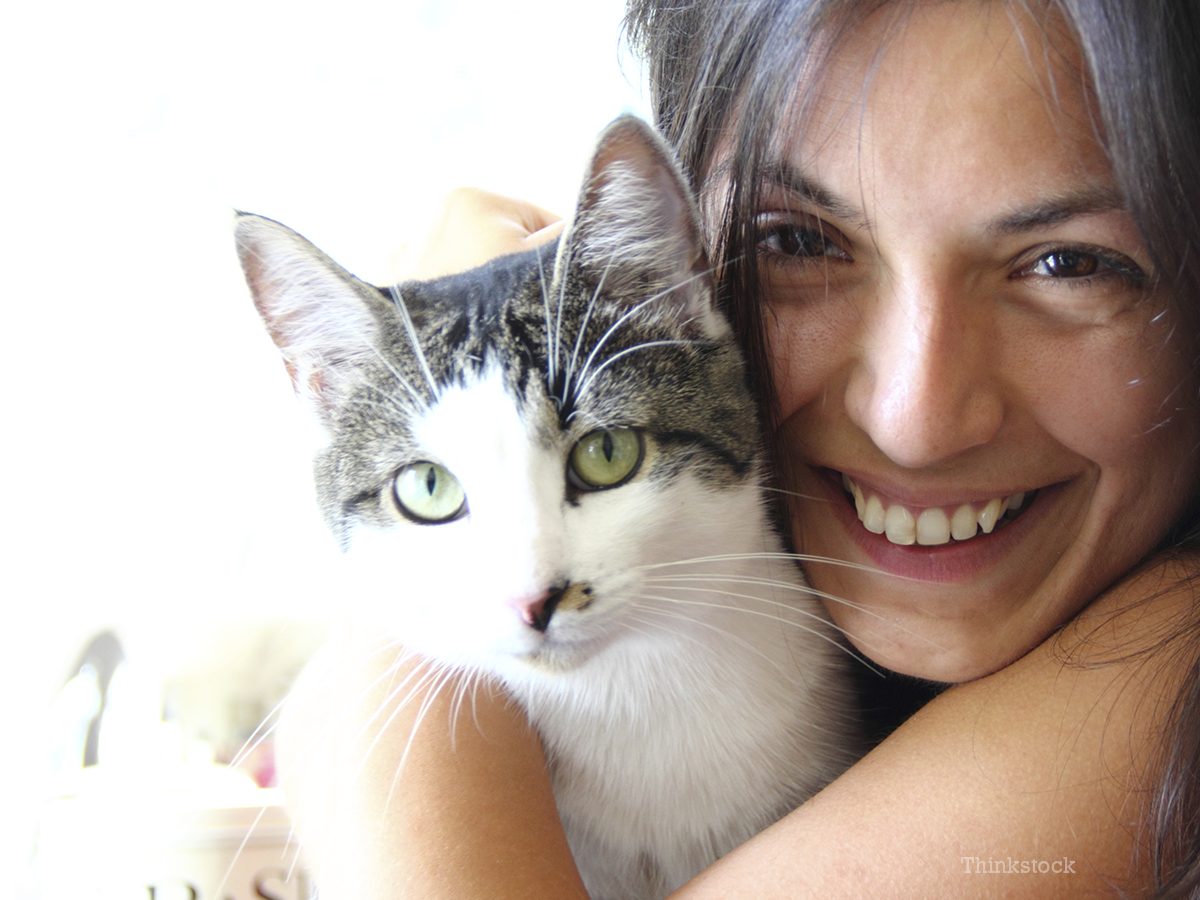
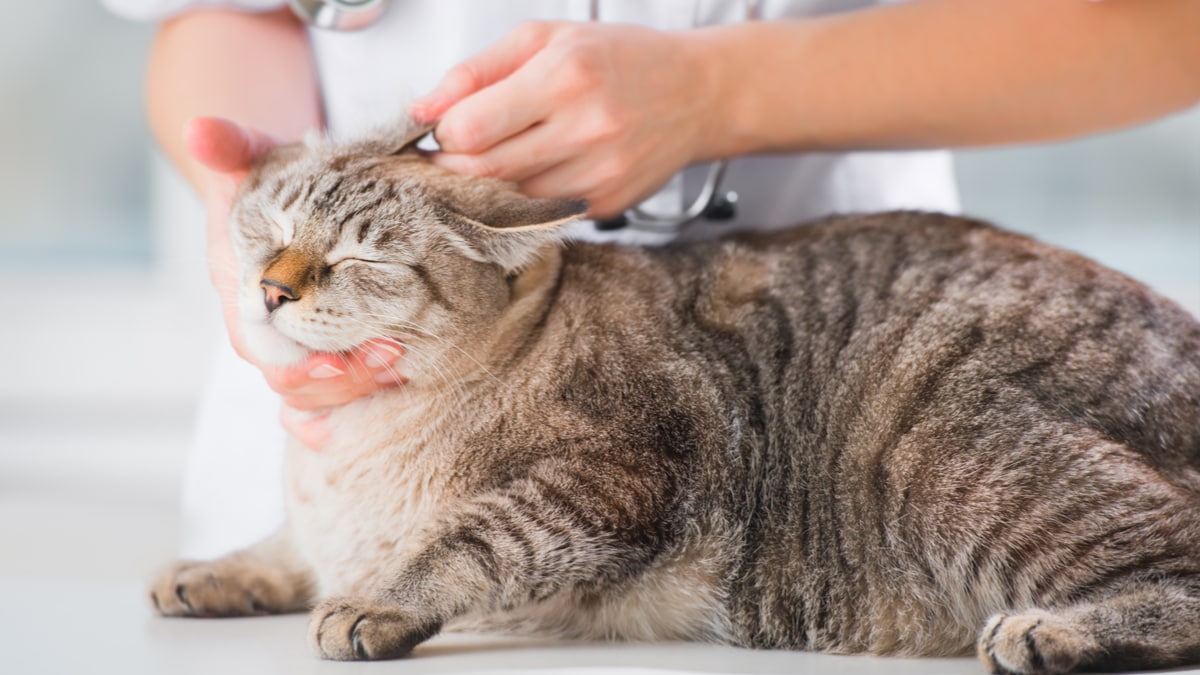

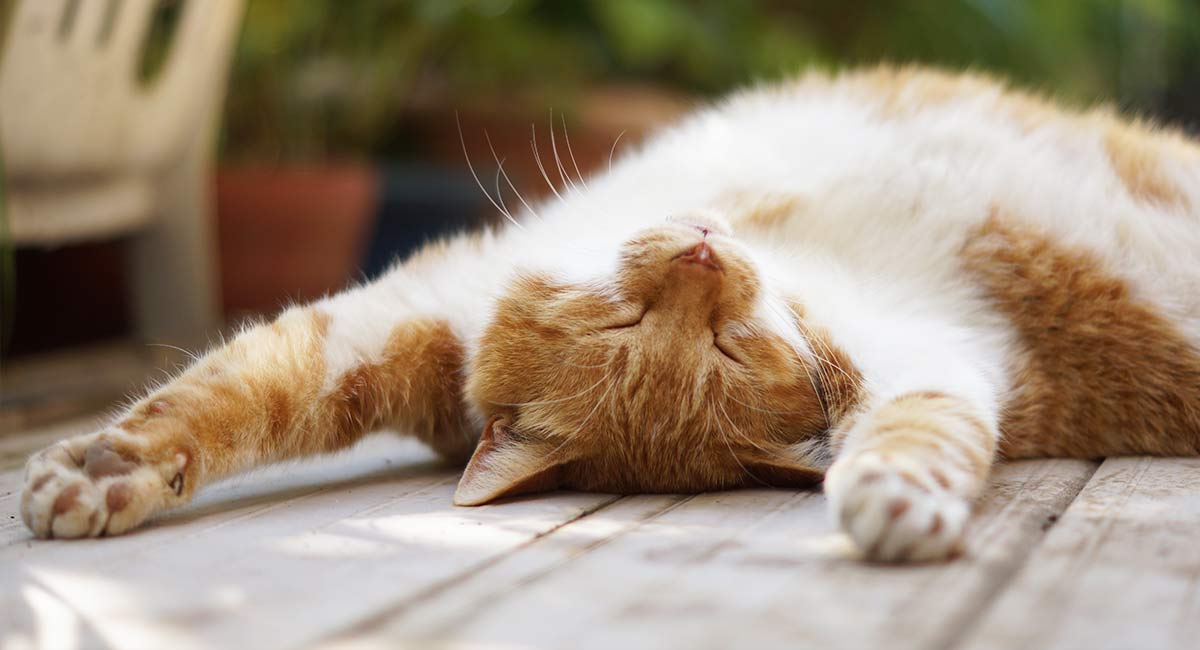


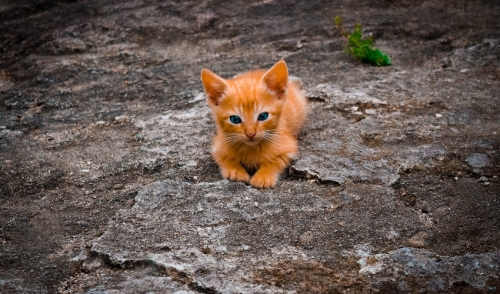


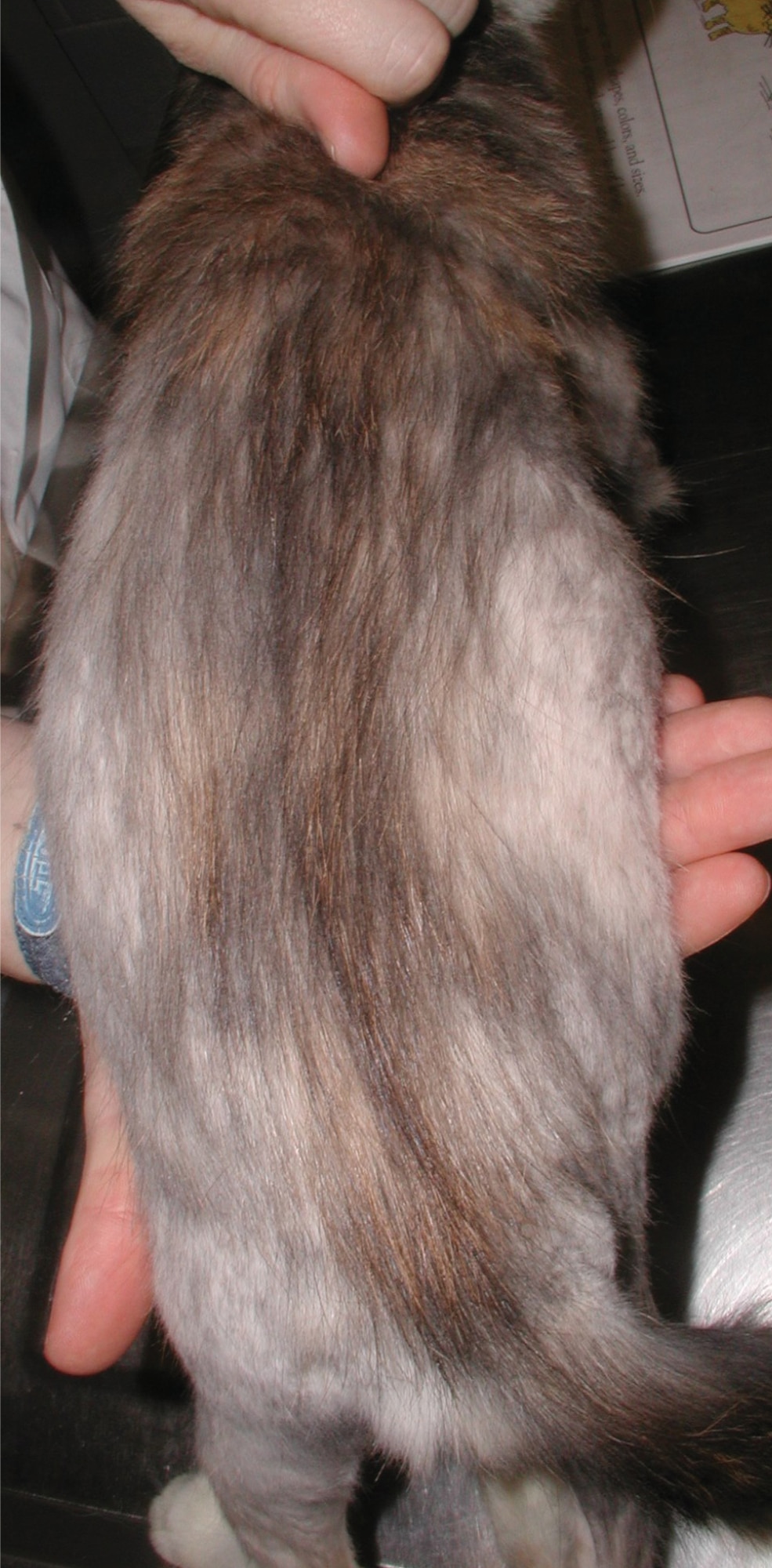





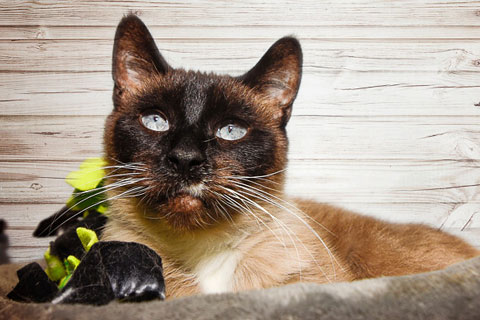

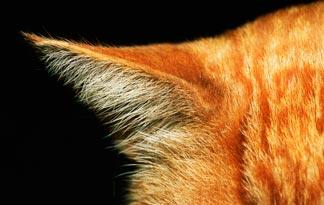



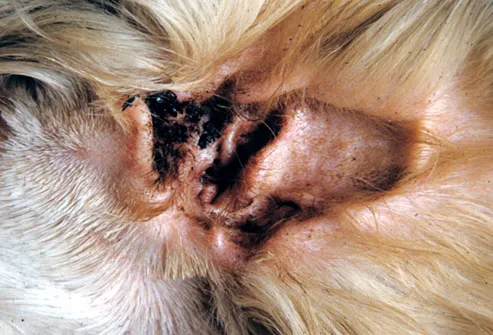

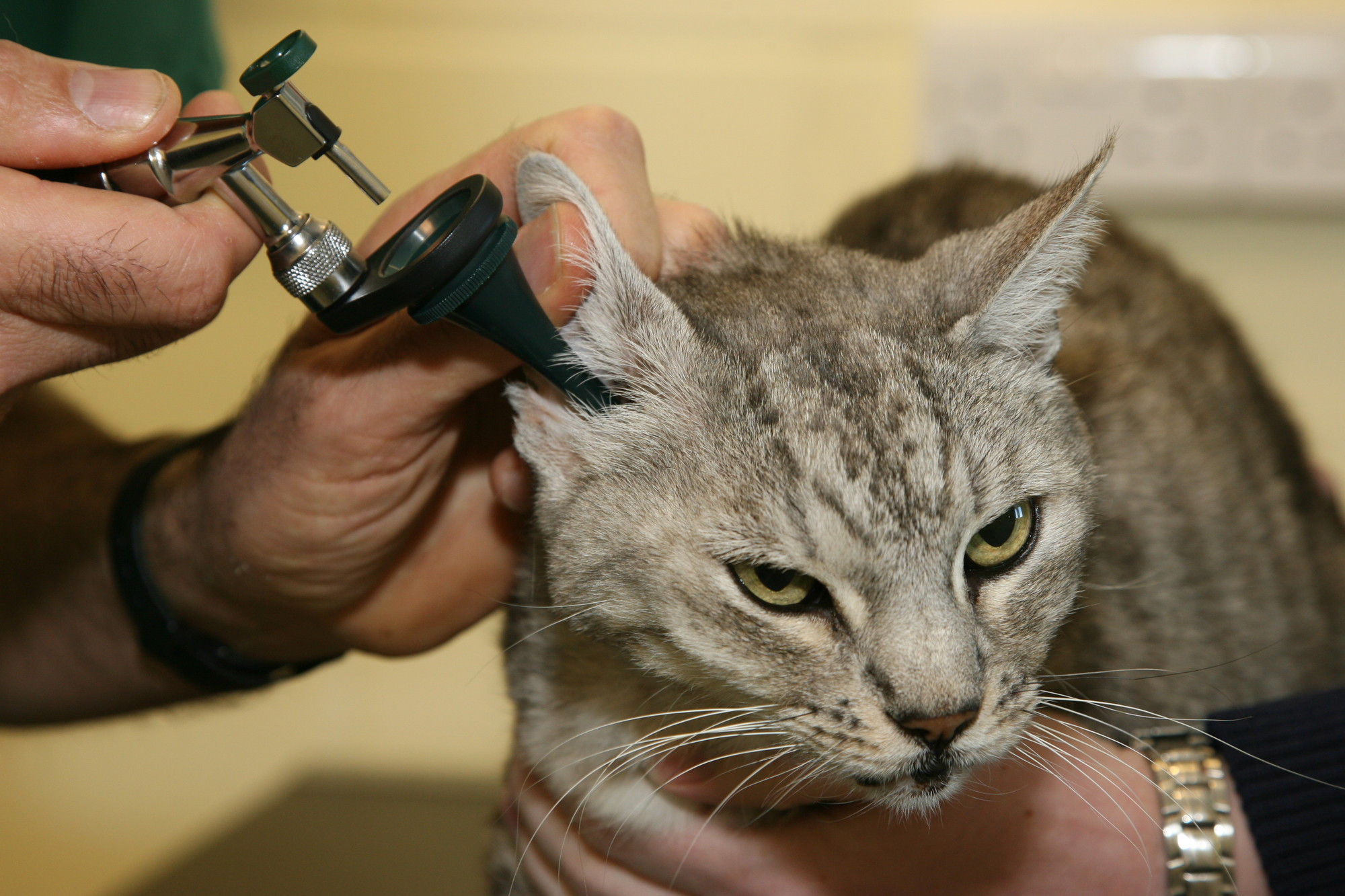



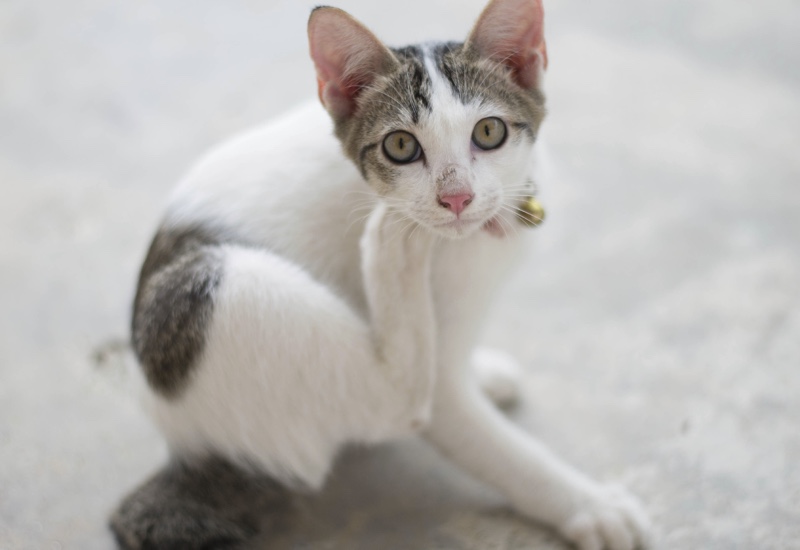

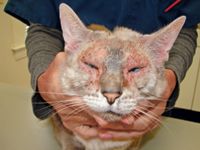

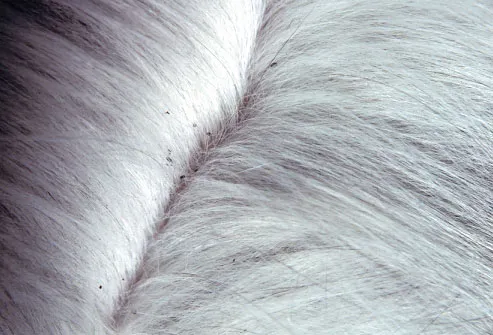
/GettyImages-122419854-5bb25a5746e0fb00260c1398.jpg)
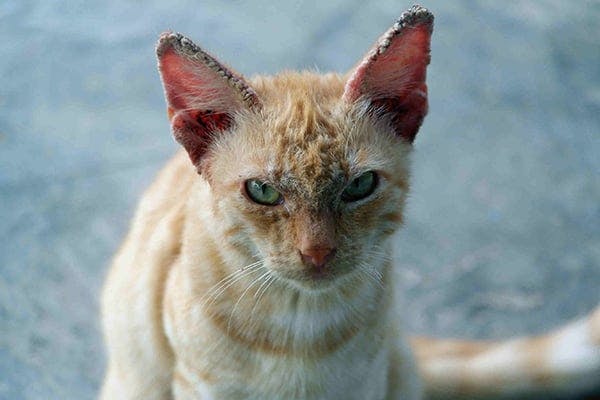
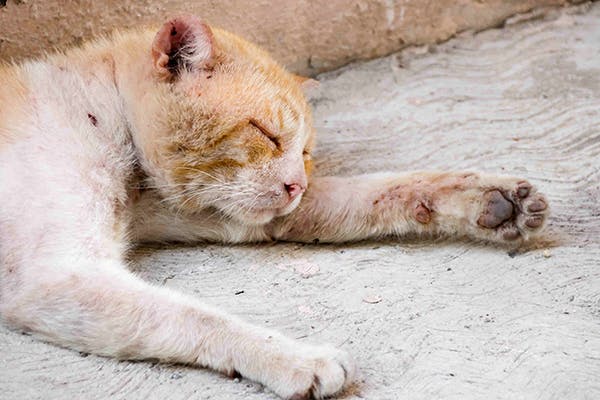







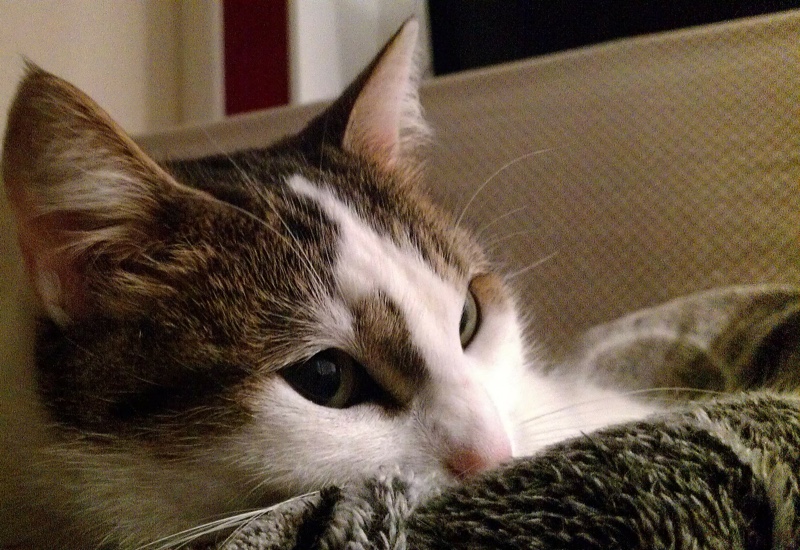



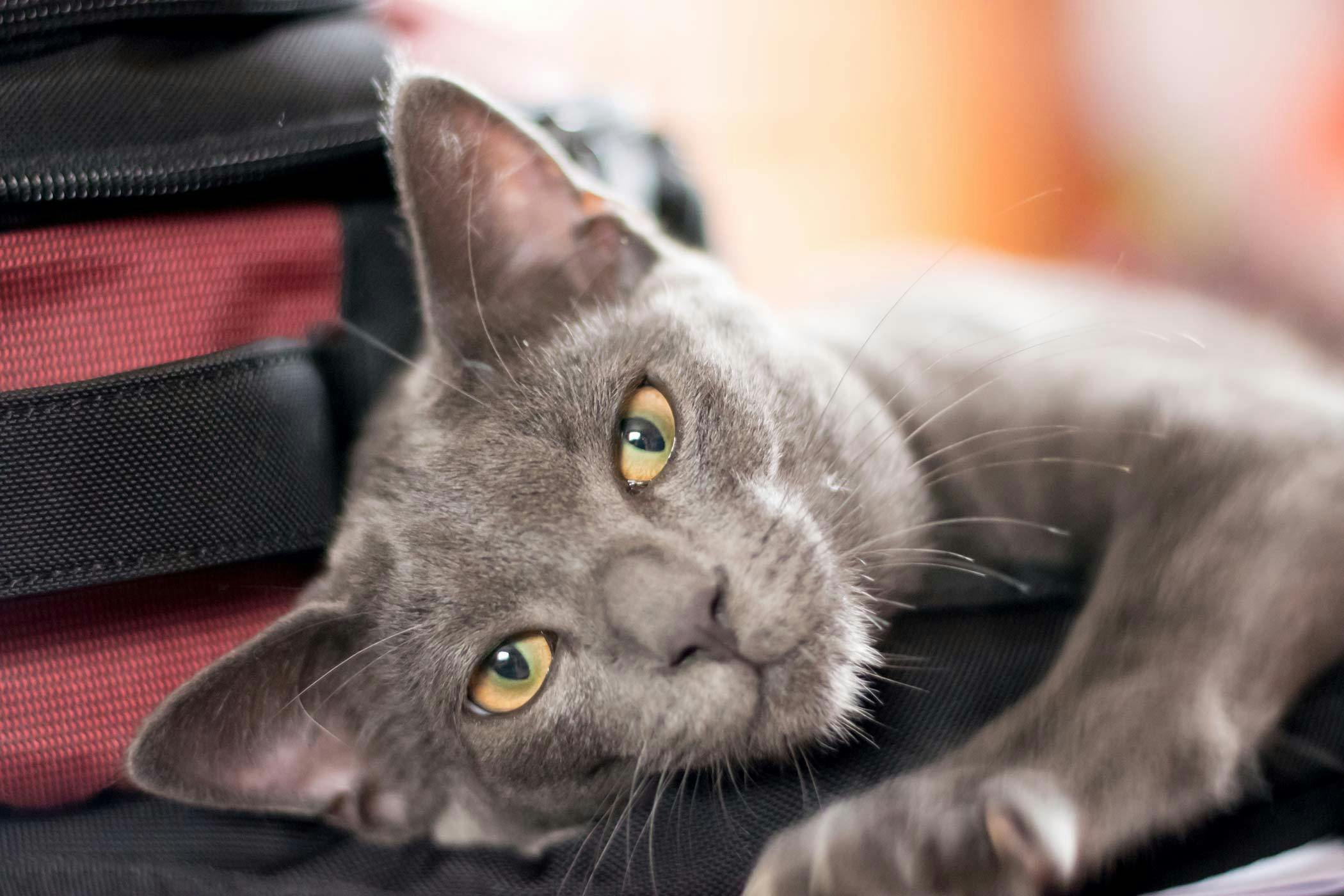
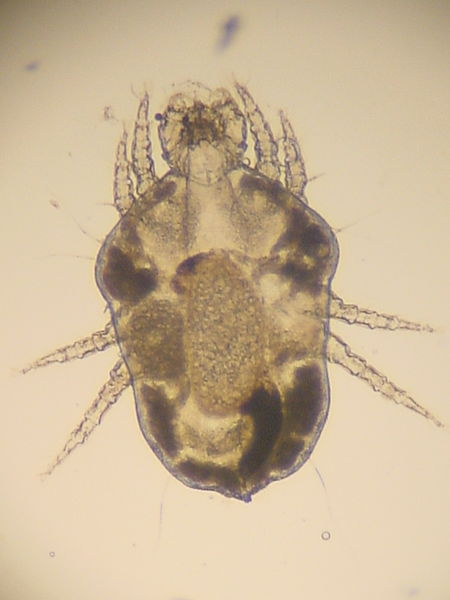
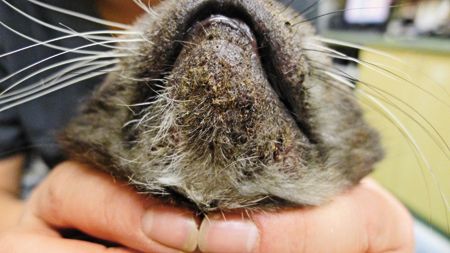
.jpg)
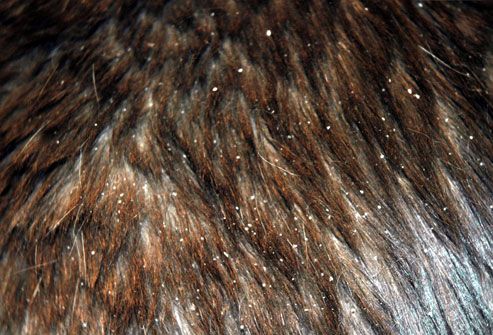

/feline-parsites-3384853-v4-8fe45409731449e08f13f5a9cac8cc44.png)





/close-up-of-cat-sitting-outdoors-760311515-5c4f17cdc9e77c00014afbb3.jpg)
